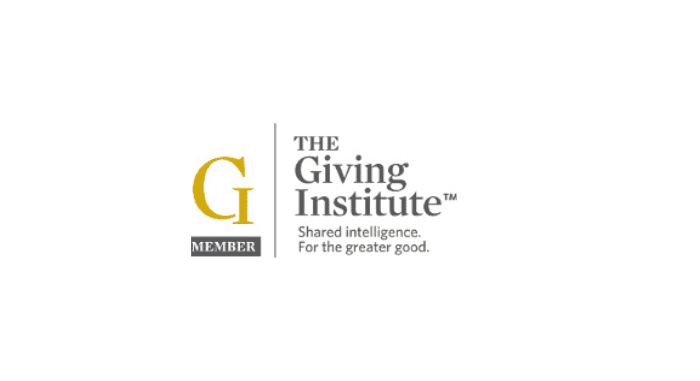Facebook, Twitter, Pinterest, Instagram, WordPress, YouTube, Tumblr… the list goes on. Social media is taking over the internet and how we communicate with one another. If your organization doesn’t have a social media presence you might as well live in the Stone Age.
But what does your social media platform do for your giving?
It certainly does not move the needle in terms of dollars raised but it does keep you in the forefront of the minds of your constituents. Whether you are posting pictures of the construction from a capital campaign project or telling stories of how scholarships or endowments are being used, social media is best used to communicate with your donors.
Keeping your platforms updated regularly will ensure maximum exposure and create a cohesive look and voice, which will give your organization an identity. Showing your audience how raised funds are being used, what new projects are going on, or an exciting event that just happened are great ways to connect with donors and keep them involved.
Tailoring your message based on the platform has always been important to the success for the post; nowadays it is even more imperative to know through which channel your audience is viewing the post.
Recently at Alexander Haas, we started using bit.ly to post links on our company Facebook and Twitter accounts. Bit.ly is a tool that not only condenses your web links for Twitter purposes but also tracks total clicks, time of clicks, and what websites the viewer is referred by. Using this tool we have found that 68% of our traffic comes from mobile devices.
Becoming more aware of how our audience consumes our information helps to shape the way in which we post, and it can help you too. Because we have more mobile viewers, we tend to post pictures, links to blogs, and we keep our posts short and sweet. If your audience uses their computer and laptops more, you might want to develop longer posts and incorporate links to articles and news stories.
Whether it is viewed from a mobile phone or computer screen, it is imperative to stay current and post often. Facebook has drastically changed the way that they prioritize posts from Pages over the past couple of years and now, in order to be seen, you have to get likes. Facebook has taken the approach that fundraisers have used for years; people interact with and influence people.
All social media platforms act as a web connecting you to your donors, their friends, and even their friends. The more you tweet, post, Instagram, or blog, the farther your reach will grow. When used effectively and appropriately, social media can inform, excite, influence, and elicit a response. Getting your audience involved on a personal level will allow them to feel connected and influential. One of the most important rules when managing a Facebook Page or a Twitter account is always to respond. Whether it’s a “job well done” or a criticism of your organization, a response will show that you care and are connected to your audience.
Facebook is even making it easier to gain insights on your Page “likers.” Have you noticed your Page’s likes go down on Facebook recently? We sure have! Within the past week Facebook has done a major cleanup of voluntarily deactivated and memorialized accounts from Pages’ like counts. Facebook mentioned this on their blog from March 5th saying they believe this will give an organization/business better and more useful data for who likes their Page and the demographics that follow the Page. Before the inactive accounts were skewing the data and now it will allow an organization to have a better understanding of who likes them.
Tell us, what social media platform have you found to be most effective when reaching your donors and friends?



